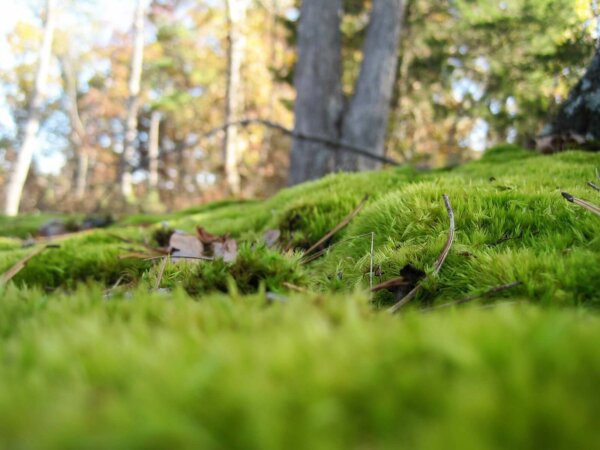

have used information on nucleosome positioning in various tissues to infer the origins of cfDNA, based on the idea that nucleosome-free DNA is more likely to be degraded upon cell death and hence will be under-represented in cfDNA 8. Several approaches have been proposed for tracing the tissue sources of cfDNA, based on tissue-specific epigenetic signatures. Identification of the tissue origins of cfDNA may also provide insights into collateral tissue damage (e.g., toxicity of drugs in genetically normal tissues), a key element in drug development and monitoring of treatment response. Even in oncology, it is often important to determine the tissue origin of the tumor in addition to determining its mutational profile, for example in cancers of unknown primary (CUP) and in the setting of early cancer diagnosis 7. The latter is critical in many settings such as neurodegenerative, inflammatory or ischemic diseases, not involving DNA mutations. These technologies are powerful at identifying genetic anomalies in circulating DNA, yet are not informative when cfDNA does not carry mutations.Ī key limitation is that sequencing does not reveal the tissue origins of cfDNA, precluding the identification of tissue-specific cell death.

Specifically, next-generation sequencing of fetal DNA circulating in maternal blood has allowed non-invasive prenatal testing (NIPT) of fetal chromosomal abnormalities 2, 3 detection of donor-derived DNA in the circulation of organ transplant recipients can be used for early identification of graft rejection 4, 5 and the evaluation of mutated DNA in circulation can be used to detect, genotype and monitor cancer 1, 6. In recent years, this understanding has led to the emergence of diagnostic tools, which are impacting multiple areas of medicine. These cell-free DNA (cfDNA) molecules are thought to originate from dying cells and thus reflect ongoing cell death taking place in the body 1. Small fragments of DNA circulate freely in the peripheral blood of healthy and diseased individuals.


 0 kommentar(er)
0 kommentar(er)
